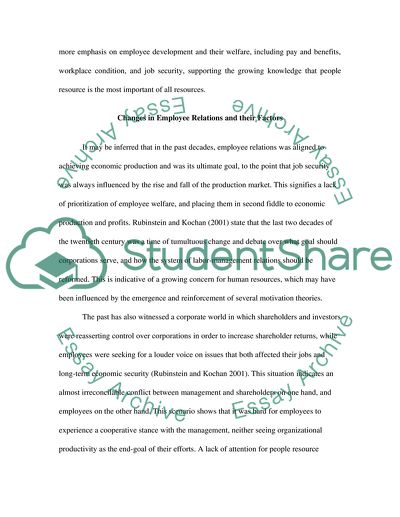Cite this document
(Significant Factors that Lead to Changes in Employee Relations Essay, n.d.)
Significant Factors that Lead to Changes in Employee Relations Essay. https://studentshare.org/human-resources/1547455-employment-relations
Significant Factors that Lead to Changes in Employee Relations Essay. https://studentshare.org/human-resources/1547455-employment-relations
(Significant Factors That Lead to Changes in Employee Relations Essay)
Significant Factors That Lead to Changes in Employee Relations Essay. https://studentshare.org/human-resources/1547455-employment-relations.
Significant Factors That Lead to Changes in Employee Relations Essay. https://studentshare.org/human-resources/1547455-employment-relations.
“Significant Factors That Lead to Changes in Employee Relations Essay”. https://studentshare.org/human-resources/1547455-employment-relations.


